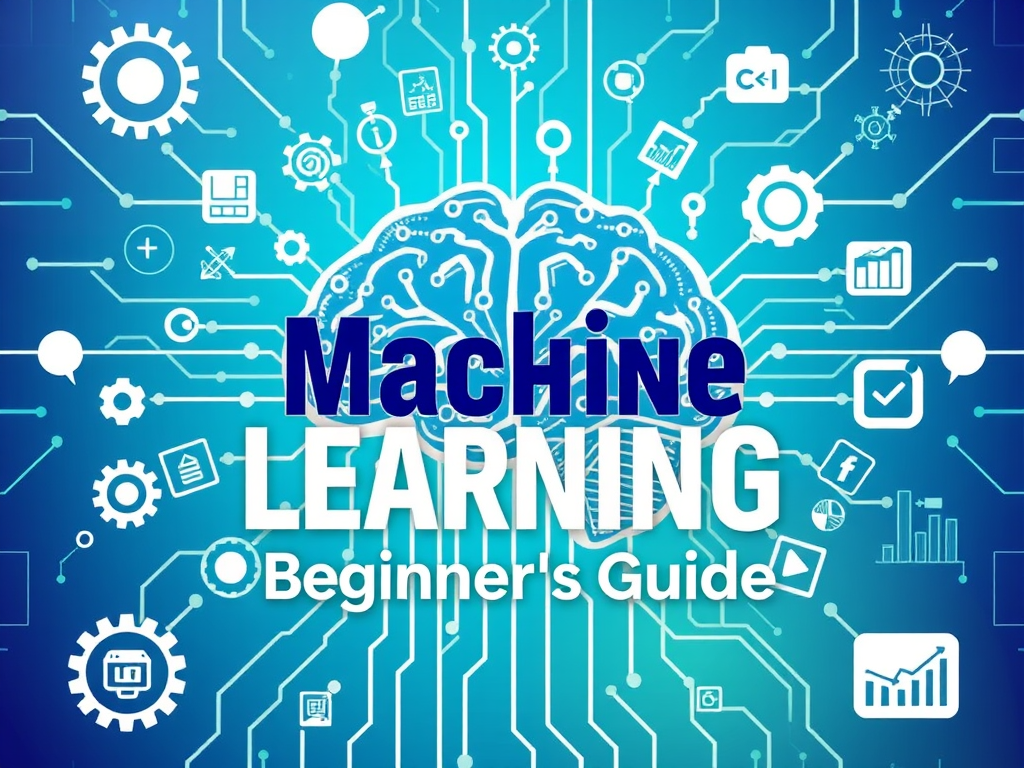
Machine learning (ML) is an exciting part of technology that helps computers learn from data. This guide will explain the basics of machine learning, how it works, what it can do, and where it might go in the future. Whether you’re curious about technology or thinking about a career in the field, understanding machine learning is a great place to start.
What is Machine Learning?
Machine learning is a way for computers to learn and make decisions without being told exactly what to do. Instead of programming every step, we give the computer lots of data, and it finds patterns to help it make predictions. This ability to learn from experience is similar to how humans learn from their surroundings.
Key Concepts
- Data: This is the information we use. Data can come in many forms, such as:
- Structured Data: Organized into tables (like spreadsheets), making it easy to analyze.
- Unstructured Data: Includes text, images, and videos, which are more complex to work with.
- Algorithms: These are the rules or methods that help computers analyze data. Different algorithms are used for different tasks. For example, some algorithms are great for recognizing faces in photos, while others excel at predicting trends based on numbers.
- Model: After training an algorithm with data, we create a model. A model can make predictions or decisions based on new information. Think of it as a recipe that tells the computer how to act based on what it has learned.
- Training and Testing: In the learning process, we split our data into two parts:
- Training Set: This is the data we use to teach the model.
- Testing Set: This part checks how well the model has learned by comparing its predictions to the correct answers.
- Features and Labels: In supervised learning, features are the input data (like age, height, or income), and labels are the correct answers we want the model to predict (like whether someone will buy a product).
Types of Machine Learning
There are three main types of machine learning:
- Supervised Learning: The model learns from labeled data, meaning we provide both input and the correct output. Examples include:
- Classification: Sorting emails as spam or not spam.
- Regression: Predicting house prices based on features like location and size.
- Unsupervised Learning: The model works with data that isn’t labeled. It finds patterns on its own. Common uses include:
- Clustering: Grouping customers with similar buying habits.
- Anomaly Detection: Identifying unusual transactions that may indicate fraud.
- Reinforcement Learning: This type teaches the model by rewarding it for good actions and punishing it for bad ones. It’s often used in:
- Gaming: Training AI to play video games and improve its strategies.
- Robotics: Helping robots learn to navigate environments and perform tasks.
Applications of Machine Learning
Machine learning is already used in many areas of our lives:
- Healthcare:
- Predicting patient health outcomes.
- Diagnosing diseases using medical images.
- Personalizing treatment plans based on individual patient data.
- Finance:
- Detecting fraud by analyzing transaction patterns.
- Assessing credit risks for loans.
- Automating trading by predicting market trends.
- Retail:
- Recommending products based on customer preferences (like Amazon’s recommendations).
- Managing inventory by predicting demand for items.
- Analyzing customer feedback to improve services.
- Transportation:
- Optimizing traffic flow using real-time data.
- Enhancing navigation systems with predictive analytics.
- Developing autonomous vehicles that learn to drive safely.
- Entertainment:
- Suggesting movies or music based on user preferences (like Netflix or Spotify).
- Creating personalized advertising campaigns.
- Analyzing viewer data to improve content creation.

Future Trends
Machine learning is changing rapidly, and here are some trends to watch:
- Explainability: As machine learning systems become more complex, there’s a growing need for transparency. People want to understand how models make decisions, especially in fields like healthcare and finance where mistakes can have serious consequences.
- Automated Machine Learning (AutoML): Tools are being developed to simplify the process of using machine learning. These tools allow people without deep technical knowledge to build and deploy ML models, making the technology more accessible.
- Ethical Considerations: As ML impacts more lives, discussions about fairness, privacy, and responsible use will grow. Issues like algorithmic bias—where models reflect prejudices present in the training data—need to be addressed.
- Integration with Other Technologies: Combining machine learning with other emerging technologies, like the Internet of Things (IoT) and blockchain, will create new possibilities. For instance, smart devices can use ML to learn user preferences and improve their functionality.
- Edge Computing: Processing data closer to where it is generated (like on smartphones or IoT devices) will reduce latency and improve response times for ML applications. This trend is especially important for real-time applications like autonomous vehicles.
Conclusion
Machine learning is a powerful and useful technology that is changing many parts of our lives. By understanding the basics, you can appreciate its potential and be informed about its future. As you learn more, consider experimenting with data and tools to gain hands-on experience—it’s one of the best ways to understand machine learning! Whether you want to pursue a career in tech or simply want to stay informed, grasping the basics of machine learning is an excellent step forward.




